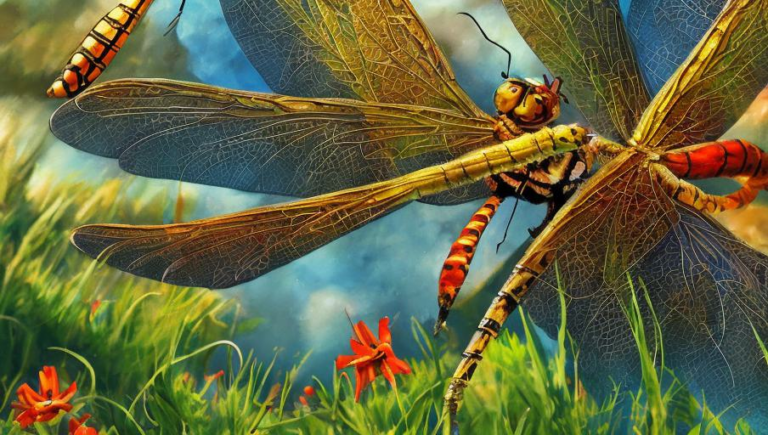Friendly Crane Species Around the World

The Majestic Crane
The crane is a majestic and iconic species of bird found around the world. They are known for their elegant courtship dances and long-distance migrations. Cranes have been around for millions of years, and their presence is a reminder of our ancient connection to nature. There are fifteen species of crane around the world, found in a variety of habitats from wetlands to deserts.
Crane Behavior
Cranes are social birds that gather in large flocks to feed. They use their long necks to feed on small aquatic animals, such as crayfish, and to probe the ground for insects and other small animals. Cranes are also adept at fishing, and some species use tools, such as sticks, to help them catch their prey. Cranes communicate with each other through a variety of calls, including the famous “unison call” in which two or more birds make a loud, trumpeting sound.
The Crane’s Migratory Habits
Cranes are well-known for their long-distance migrations. Each spring and fall, many species migrate from their wintering grounds to their summer breeding grounds, often traveling thousands of miles. Cranes are highly adapted for long-distance flying and can cover vast distances in a single day. During their travels, they stop to rest and feed in wetlands, rivers, and other suitable habitats.
The Different Species of Crane
There are fifteen species of crane around the world, each with its own unique characteristics. The most common species is the Grus grus, or Common Crane, which is found across Europe, Asia, and Africa. Another widely distributed species is the Grus canadensis, or Sandhill Crane, which is found across North America. The Grus japonensis, or Japanese Crane, is found only in Japan, while the Grus antigone, or Sarus Crane, is found in India, Nepal, and Southeast Asia.
The Importance of Crane Conservation
Cranes are an important part of the global ecosystem, and their presence is a reminder of the need to protect our environment. Unfortunately, many crane species are endangered due to habitat loss, hunting, and other human activities. Conservation efforts are underway to protect these iconic species, and it is important to do our part to help. We can help by protecting and restoring wetlands, avoiding hunting and trapping, and supporting organizations that are working to conserve crane habitats.
Conclusion
The crane is a majestic and iconic species of bird found around the world. There are fifteen species of crane, each with its own unique characteristics and habitats. Cranes are an important part of the global ecosystem, and their presence is a reminder of the need to protect our environment. We can help by protecting and restoring wetlands, avoiding hunting and trapping, and supporting organizations that are working to conserve crane habitats.





